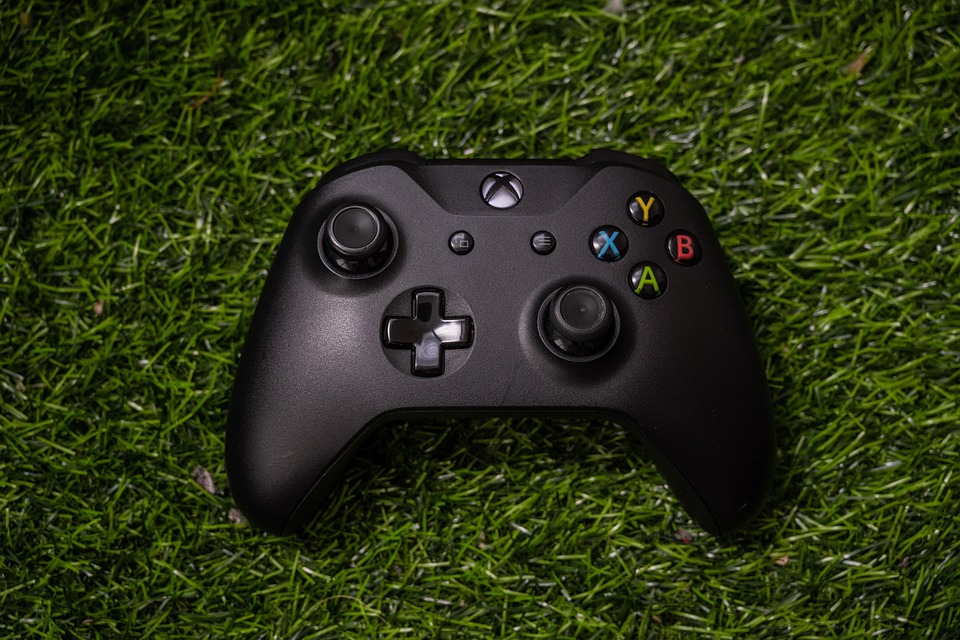Video gaming has come a long way since its inception, and at the heart of this evolution lies the controller. From simple joysticks to advanced haptic feedback devices, controllers have transformed, adapting to the needs of gamers and the capabilities of technology. This article explores the remarkable journey of gaming controllers, highlighting key milestones and innovations that have shaped the gaming experience we know today.
The Birth of the Joystick
The journey began in the late 1960s with the introduction of the joystick. Early implementations, such as the one used in Tennis for Two and later Pong, utilized a simple two-dimensional control scheme. Players could move their paddles up and down, setting the stage for future innovations. As home console gaming emerged with systems like the Magnavox Odyssey in 1972, the joystick’s design became more refined, featuring a single stick and a few buttons.
The late 1970s and 1980s saw the popularization of the joystick in arcade cabinets and home computers. Brands like Atari introduced controllers with multiple buttons, allowing for more complex interactions and expanded gameplay mechanics.
The Revolution of Gamepads
As gaming consoles became more sophisticated, so too did their controllers. The 1980s marked the transition from the joystick to the gamepad. Nintendo’s Famicom (released as the NES in the West) in 1983 introduced a design featuring a directional pad and action buttons, a layout that became the standard for future consoles.
The gamepad was not just a minor improvement; it revolutionized how games were played. The introduction of shoulder buttons by the Super Nintendo in 1990 expanded the options for developers, enabling more intricate control schemes. As a result, game design began to evolve, pushing the boundaries of gameplay mechanics.
The Era of Analog Sticks
The 1990s witnessed another leap forward with the development of analog sticks. The PlayStation controller, launched in 1994, featured two analog sticks, which allowed for more nuanced control in 3D environments. This innovation opened new possibilities for genres like first-person shooters and racing games, where precision and speed were paramount.
The analog stick design became a key component for subsequent consoles, including the Xbox and later iterations of PlayStation controllers. This evolution facilitated immersive experiences that could replicate real-life movements and actions within the digital realm.
The Introduction of Wireless Controllers
As technology advanced, so did the capabilities of gaming controllers. The early 2000s saw the introduction of wireless technology in consoles, ending the era of tangled cords. Systems like the Xbox 360 and PlayStation 3 offered wireless controllers, providing players with greater freedom of movement.
This innovation not only enhanced the gaming experience but also allowed for family-friendly group gaming without the hassle of connecting multiple cords. The convenience factor contributed to the popularity of console gaming, making it more accessible to casual gamers.
The Rise of Haptic Feedback
The evolution of controllers took a significant turn with the incorporation of haptic feedback technology. While basic rumble features were introduced in the late 1990s, the implementation of advanced haptic feedback started to gain traction with Sony’s DualSense controller for the PlayStation 5.
This controller introduced adaptive triggers and advanced haptic sensations, allowing players to feel not only vibrations but also nuanced feedback that mimics in-game actions. For instance, pulling back on the triggers simulates the tension of drawing a bowstring, while the haptic feedback can replicate the sensation of driving over different terrains.
Haptic feedback has added a layer of immersion, making gaming experiences more tactile and engaging. This sensory integration has led developers to craft narratives and gameplay mechanics that rely on physical sensations, blurring the lines between physical and virtual realms.
The Future of Controllers
As technology continues to advance, the future of gaming controllers promises even more thrilling innovations. Projects leveraging virtual reality (VR) and augmented reality (AR) are at the forefront, creating new paradigms for interactivity. Devices like the Oculus Touch and Valve Index Controllers employ motion tracking and hand gestures, immersing players in a 360-degree gaming environment.
Moreover, advancements in AI could lead to adaptive controllers that tailor their functionality to individual players’ preferences and play styles. Imagine a controller that adjusts its sensitivity based on your gaming history or a device that learns to anticipate your gameplay needs.
Conclusion
The evolution of gaming controllers from simple joysticks to sophisticated haptic devices showcases the dynamic interplay between technology and user experience. Each iteration has not only enhanced gameplay but also influenced game design, fostering deeper engagements between players and digital worlds. As we look to the future, it is clear that the controller will continue to be a central element in the video gaming experience, shaping how we connect with games in ways we have yet to imagine.



